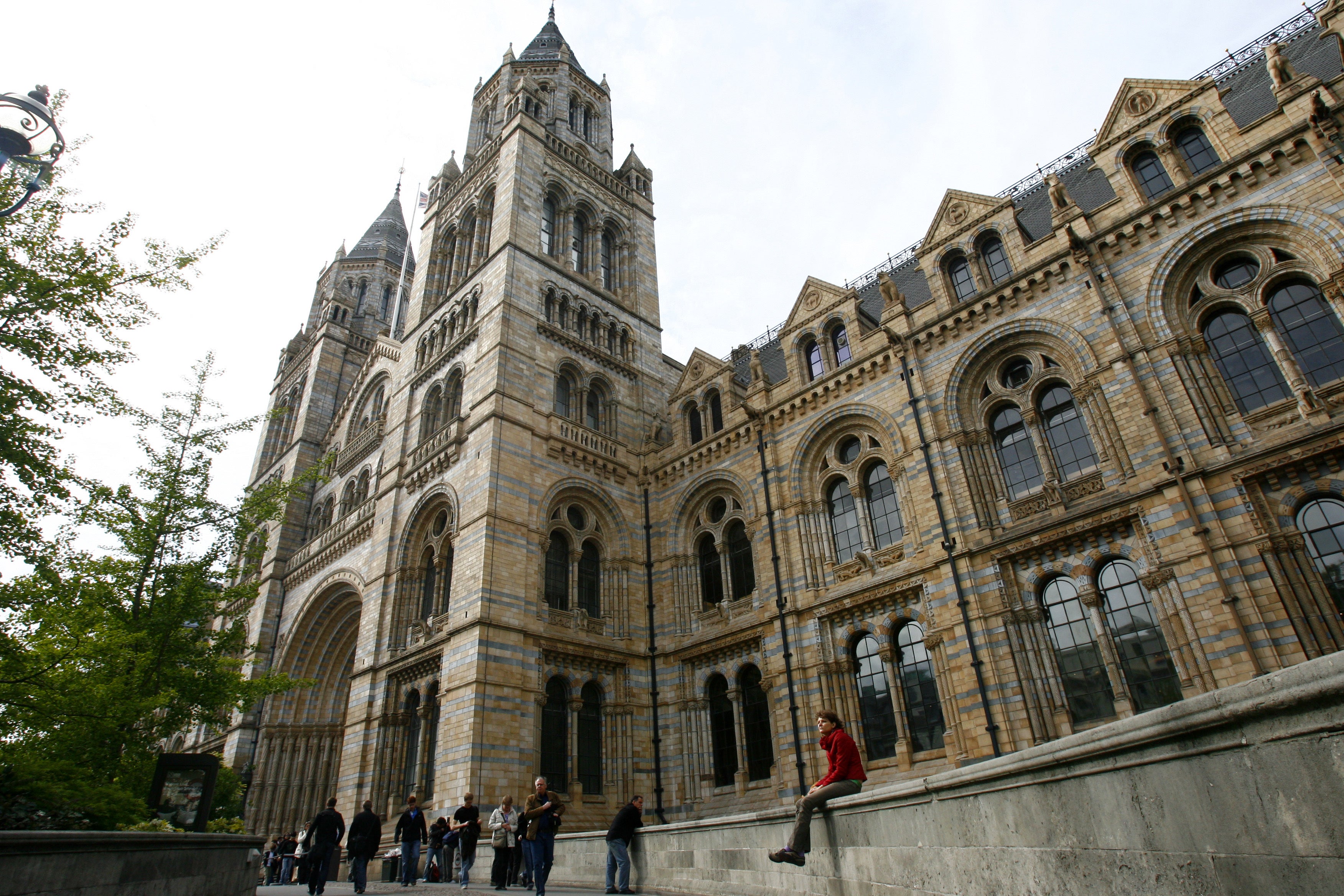Natural History Museum helps Ukrainian scientists in bid to save historic murals
The researchers joined forces to establish the cause of damage to the famous medieval murals in Saint Sophia Cathedral, a Unesco World Heritage Site.

Your support helps us to tell the story
From reproductive rights to climate change to Big Tech, The Independent is on the ground when the story is developing. Whether it's investigating the financials of Elon Musk's pro-Trump PAC or producing our latest documentary, 'The A Word', which shines a light on the American women fighting for reproductive rights, we know how important it is to parse out the facts from the messaging.
At such a critical moment in US history, we need reporters on the ground. Your donation allows us to keep sending journalists to speak to both sides of the story.
The Independent is trusted by Americans across the entire political spectrum. And unlike many other quality news outlets, we choose not to lock Americans out of our reporting and analysis with paywalls. We believe quality journalism should be available to everyone, paid for by those who can afford it.
Your support makes all the difference.The Natural History Museum and Ukraine’s National Academy of Sciences have completed research aimed at helping to save some of Kyiv’s historic artworks.
The researchers joined forces to establish the cause of damage to the world-famous medieval murals in Saint Sophia Cathedral, a Unesco World Heritage Site in Kyiv.
The murals, painted on the walls of the cathedral in around 1000CE, are some of Ukraine’s most significant artworks but they had developed dark spots and began flaking away.
In a bid to protect and restore the artwork, research was conducted to establish the type of microscopic organisms that were living on the walls and causing the damage.
The research began before the Russian invasion and initially Ukrainian scientists discovered cracks and voids within the fabric on the walls and large unusual crystals.
Scientists from the Natural History Museum in London led the final work on the paper as their Ukrainian colleagues were forced to put their life on hold during the conflict.
DNA and microscopic studies of deteriorated areas concluded fungi is responsible for the damage while the crystals were established as calcium malate, which has been reported in murals only twice before – in the Monastery of Pedralbes in Barcelona and in the tomb of Tutankhamun.
The research should enable the preservation of these and other historic works of art in the future.
Ukrainian researcher Marina Fomina, lead author on the paper, said: “Russia’s attempts to violently destroy and assimilate so much of our cultural identity meant the work to preserve Saint Sophia and this precious artwork was even more urgent.
“It is a huge relief to understand the cause of this damage and enable its conservation for our national and the world’s cultural heritage.”
Dr Javier Cuadros, a senior researcher at the Natural History Museum and a co-author of the paper, played a crucial role in getting the paper over the finishing line.
He said: “We were collaborating with them throughout this devastating time. However, when Kyiv was attacked it was impossible for our colleagues to continue working because they had to suspend everyday life and flee their homes.
“I’m very happy to have been able to play a role in this research. The discovery means a lot to our Ukrainian colleagues and will help preserve their legacy and other historic artworks for future generations.
“Hearing about the support they gave each other in their communities has been a lesson in human solidarity and maintaining cohesion in the most challenging of times.
“We dedicated the paper to the courageous Ukrainian people whose resilience is so admirable.”
The research, published in the November 2022 edition of the International Biodeterioration and Biodegradation journal, has been dedicated to the “courageous Ukrainian people”.